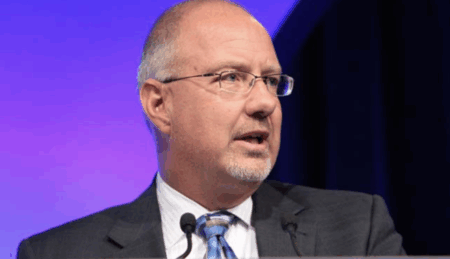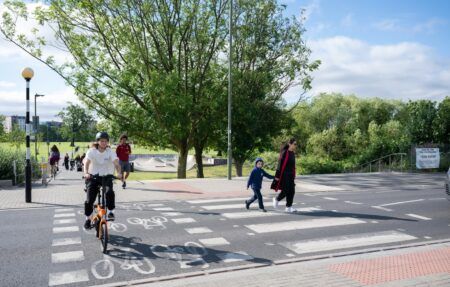Local roads are set to benefit from a share in a multi-billion pound improvement fund, as part of a landmark investment strategy unveiled by UK Transport Secretary Chris Grayling, which sets out a new long-term approach for government infrastructure spending.
The new ‘Transport investment strategy’ will see funding targeted at projects that help rebalance the economy, including the creation of the new ‘Major Road Network’ that will access a fund, financed by vehicle excise duty (VED), for improvements such as bypasses. The new network would see a share of the annual National Road Fund given to local authorities to improve or replace the most important A-roads under their management. The plans aim to improve productivity and connectivity of towns and cities across the country, tackling bottlenecks and traffic jams for road users, and taking away the discomfort of lorries and through-traffic passing through rural villages on main roads.
The scheme will also aim to help people get to work or school by better connecting towns and cities, unlock land for new homes, and improve business links, forming a crucial strand of the government’s strategy to rebalance the economy by ensuring wealth is spread across the UK, and not just concentrated in the south-east of England. The proposals for the major road network respond to the Rees Jeffreys Road Fund study last year, which highlighted the disparity between the funding and planning of the UK’s motorways, the strategic road network (SRN), and local authority A-roads.
The new plans mean that main roads currently overseen by local authorities would share the VED-funded National Roads Fund, which was previously envisaged to be ring-fenced for national routes. The government is investing more than £61bn (US$78.8bn) over the five years to 2020-21, and funding, where needed, will fast-track smaller schemes that are proven solutions, so passengers and drivers get the benefits more quickly.
“Getting transport spending right is crucial for the country’s future. The transport investment strategy sets out a blueprint for how we can harness the power of transport investment to drive balanced economic growth, unlock new housing projects, and support the government’s modern industrial strategy,” explained Grayling, launching the strategy.
“This government is taking the big transport decisions for Britain’s future, while delivering the biggest investment in roads and rail for a generation. At the heart of our approach is a plan to make transport work for the people who use it, and for the wider economy.”




